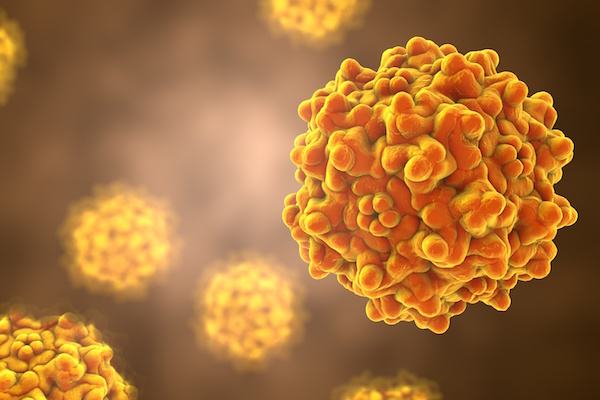
FRIDAY, April 1 (HealthDay News) — Colds and allergies can cause similar symptoms, and finding out which condition you have is the first step in getting relief, according to the American College of Allergy, Asthma and Immunology (ACAAI).
Colds are caused by one of more than 200 viruses that get transmitted from person to person. Allergies, which are not contagious, are caused by allergens, such as pollen, that prompt the immune system to overreact.
In spring, high levels of tree and grass pollens cause sneezing and other cold-like symptoms for the estimated 60 million Americans with allergic rhinitis, more commonly known as hay fever.
There are a number of ways to distinguish between spring allergies and a cold, says the ACAAI. Colds generally evolve, starting with a stuffy nose, throat irritation and low-grade fever, followed by sneezing and a runny nose with thickening mucus that often turns yellow or green. Common allergy symptoms include sneezing, itchy eyes and nose, but the mucus is typically clear.
While colds usually last a week or two, allergy symptoms persist and can even get worse with continued exposure to the allergen causing your symptoms. Spring allergies can last six weeks or more.
Aches and fever most likely indicate a cold, while itchy eyes are strong evidence of allergies.
A sore throat and cough can occur with allergies, but most likely suggest a cold. Coughing is common in colds but can also be a sign of allergy-related asthma, especially in children. People with a persistent cough should see an allergist, the ACAAI advises.
More information
The American Academy of Otolaryngology — Head and Neck Surgery has more about hay fever.

